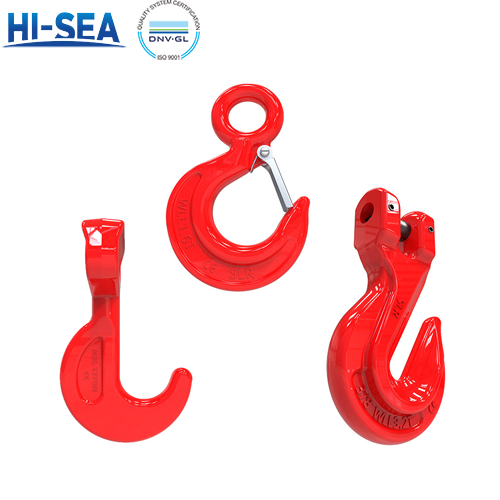
Scrapping Criteria For Lifting Hooks
Lifting hooks are crucial components of lifting equipment, and their condition directly affects safety. Over time, lifting hooks can experience wear and tear, deformation, and other forms of damage that compromise their structural integrity and load-bearing capacity. It is important to adhere to strict scrapping criteria to ensure the safe operation of lifting equipment.
Overview
The following conditions warrant the scrapping of a lifting hook:
Cracks: Any visible cracks in the hook indicate a structural compromise and warrant scrapping.
Dangerous Wear: If the dangerous cross-sectional wear of the hook reaches 10% of the original size, the hook should be scrapped.
Increased Opening Size: An increase in the opening size by 15% compared to the original size indicates potential weakening and requires scrapping.
Twisting Deformation: If the hook body undergoes a twisting deformation exceeding 10°, it should be scrapped.
Plastic Deformation: Any plastic deformation in the dangerous cross-section or neck of the hook requires scrapping.
Thread Corrosion: If the threads of the hook are corroded, it should be scrapped.
Ladle Hook Liner Wear: When the wear of the liner reaches 50% of the original size, the liner should be replaced.
Ladle Hook Spindle Wear: If the wear of the spindle reaches 5% of the original size, the spindle should be replaced.





